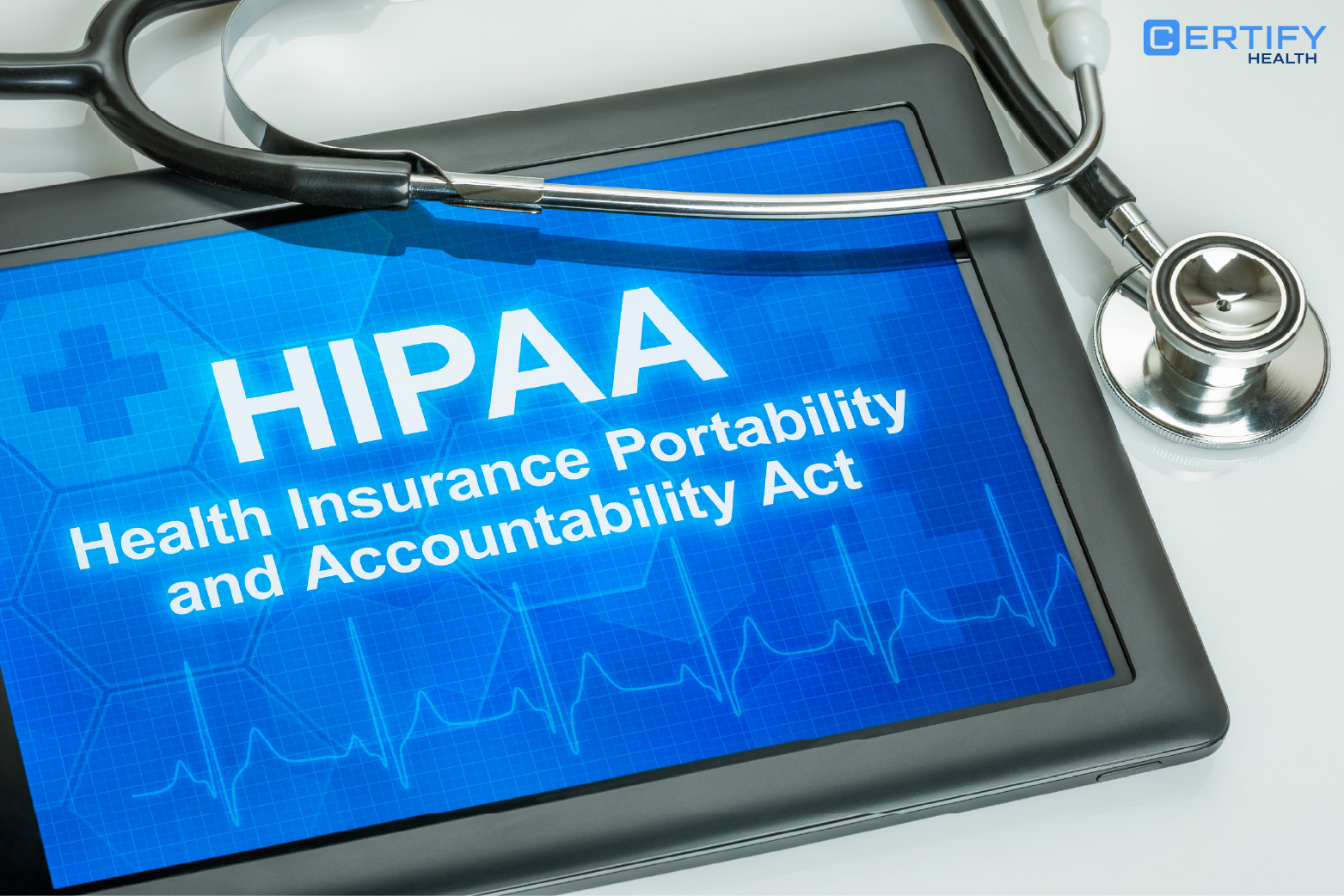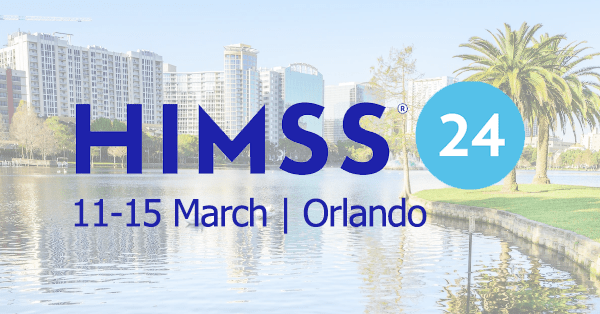Patient collections, or patient financial responsibility, is the process of securing payments for medical services. It plays a crucial role in maintaining the financial health of medical practices.
But for dentists and physicians, payment problems are now so common that more than two out of five patients receive inaccurate cost estimates, leading to unanticipated expenses that harm their overall experience while receiving care.
Multiple factors—like inaccurate patient data, insurance verification errors, and rejected claims, payment delays—hinder payment collection. These not only impact revenue but also erode patient trust, causing long-term damage to your practice.
In this blog, let’s explore the payment collection challenges and tips to overcome them:
5 Common Patient Payment Challenges You Need to Address
Late Payments and Delays
One of the most common payment collection challenges is payment delays. Manually verifying patient insurance takes a lot of time for your administrative team. In addition to being time-consuming, this process is frequently error-prone, leading to claim denials and payment delays that can put dentists and doctors in a difficult financial position.
Collecting co-pays and deductibles is also a daunting task at a later stage of the patient’s journey. To avoid payment delays and bad debts, some practices ask for co-pay before providing appointments.
CERTIFY Health’s patient intake software allows dental practices and physicians to collect patient insurance details before check-ins. It allows easy collection of co-pays and deductibles by verifying insurance in real time.
Did you know? 💡
88% healthcare providers worry about patients’ ability to pay, driving a shift to digital solutions for faster collections. With a 98% open rate and 90-second response time, reminder messages boost patient payments through text-to-pay and other tools.
- Enhances Patient Satisfaction – Easy online payments improve experience, loyalty, referrals, and reputation.
- Improves Account Receivable (AR) Turnover – Faster collections from patients and insurers reduce delays, ensuring financial stability and growth.
Human Entry Errors
Incorrect policy numbers, names, or addresses are examples of few human error that frequently results in failed insurance verification. Furthermore, it may result in delayed resolutions or claim rejections if staff fail to keep an eye on claim updates from insurers. In the end, this causes patients to incur unforeseen out-of-pocket costs, which makes your practice’s payment challenges worse.
Not just that, other types of errors like duplication and incorrect processing of bills or estimate errors can confuse patients, and complicate patient collections. All of this, leads patients to switch providers due to inaccurate estimates or billing errors, affecting your practice’s reputation and causing revenue loss. Automating your admin tasks with digital forms and digital invoices can help reduce these errors.
Did you know? 💡
Medical errors remain a critical concern in healthcare. As per one study, 23% of dental adverse events were linked to incorrect, missed, or delayed diagnoses. Such errors can lead to serious complications, delayed treatments, and increased healthcare costs.
Improving data accuracy through advanced tools and AI-driven solutions can significantly reduce medical error rate, ensuring better patient outcomes.
Payment Security Risks
Protecting patients’ health information (PHI) is extremely important. Dentists and physicians handle sensitive patient information including health histories, personal data like phone numbers, address, etc. Payment processes with basic security features are vulnerable to data breaches, leading to a lack of trust between the organization and its patients.
Utilizing a patient payment services like CERTIFY Health’s patient payment management platform, which is PCI-DSS compliant, can help mitigate security breaches.
Patient Collection Processes
The manual payment collection process can be time-consuming for your front desk staff. Your practice staff needs to track patients, send invoices, and do follow-ups repeatedly. These repetitive tasks divert staff from working on other complex tasks and patient care.
Furthermore, follow-ups can be tiring, when your staff reach out to patients multiple times. Implementing payment solutions like CERTIFY Health’s patient engagement software can automate payment reminders, prevent payment delays and help practices develop more efficient follow-up strategies.
Maintaining Cash Flow
Another payment challenge in patient collection is maintaining cash flow. High patient debt, denied insurance claims, and late payments make it difficult to maintain cash.
Unexpected medical expenses cause many patients to struggle resulting in missed or delayed payments. Revenue cycles are further disrupted by administrative mistakes, ineffective billing procedures, and opaque payment practices.
Cash flow volatility affects operations and growth in practices when proactive measures like automated payment reminders, flexible payment plans, and proper insurance verification are not used.
Following Updates and Claim Guidelines
Dentists and physicians must understand the legal aspects of healthcare payments and billing codes. While some factors are beyond a facility’s control, managing information to comply with payment policies is crucial.
Investing in automation and a robust payment solution can streamline the payment process by providing real-time updates, minimizing errors, and addressing inefficiencies. This not only ensures adherence to policies but also enhances patient collections and benefits the practice.
Strategies to Improve Patient Collections
Once healthcare providers identify the main obstacles and difficulties, they can explore potential payment solutions. With so many complexities, revenue cycle management is one of the best patient collection solutions.
1. Implement Clear and Transparent Pricing
- Develop a comprehensive and easily accessible list of common procedures and services, ensuring patients understand the costs upfront to avoid surprises.
- Provide patients a transparent view deductibles, co-insurance, co-pays, and out-of-pocket expenses will apply to their care.
- Discuss cost estimates for treatments with patients beforehand, enabling them to take informed decisions about their expenses.
- Train staff to communicate with patients about the treatment, potential cost and available patient payment plans.
2. Offer Flexible Payment Plans
- Allow your patients to pay over time with patient patient payment plans tailored to their financial needs.
- Automate installment collection of payments by setting up reminders for timely payments.
- ccept multiple payment methods, including credit cards, FSA, HSA, ACH, and more, to provide convenience to patients.
- Integrate with third-party financing companies specialized in healthcare to help patients apply for loans for medical expenses.
3. Use Automated Intake Platform
- Choose a practice management system like CERTIFY Health that integrates with top EHRs to streamline medical billing and documentation.
- Provide patients with secure online portals to make payments and access their billing information, reducing staff overload.
- Implement automated payment reminders via SMS/email to ensure timely payments.
- Facilitate patient first payment and follow-up payments through electronic systems like Apple Pay or Google Pay using their mobile apps.
How CERTIFY Health can Help Dentists and Physicians?
At CERTIFY Health, we help practices to improve collection rates with secure and efficient patient payment solutions. Our RCM tools help your staff eliminate administrative stress and fatigue, improving overall efficiency. Your practice can benefit from:
- Automatic payment reminders
- Seamless payment integrations
- Customizable payment plans
- Reduced front desk overload
- Improving revenue collection
- Multiple payment options (CC, HSA, FSA, ACH)
- Eliminate the cost of paper payments
Overcome Challenges with CERTIFY Health
At CERTIFY Health, we leverage years of experience to help practices overcome patient collection challenges. As a practice management platform, we understand the significance of automating and streamlining patient collections. Our advanced software follows a patient first payment approach that tackles payment issues, providing unparalleled patient payment services for dentists and physicians to improve the patient’s experience.
To explore better ways of optimizing patient collections, you can Request A Demo to understand how CERTIFY Health’s patient payment solution can benefit your practice.











